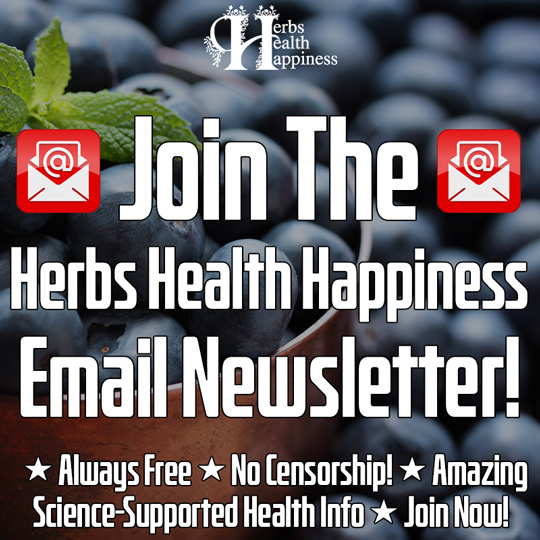Uses Of Garlic
Uses Of Garlic. Graphic © herbshealthhappiness.com. Background images – Pixabay (PD). Garlic is an aromatic culinary ingredient with a surprisingly wide range of touted health benefit. They say an apple a day keep the doctor – but we say a …


